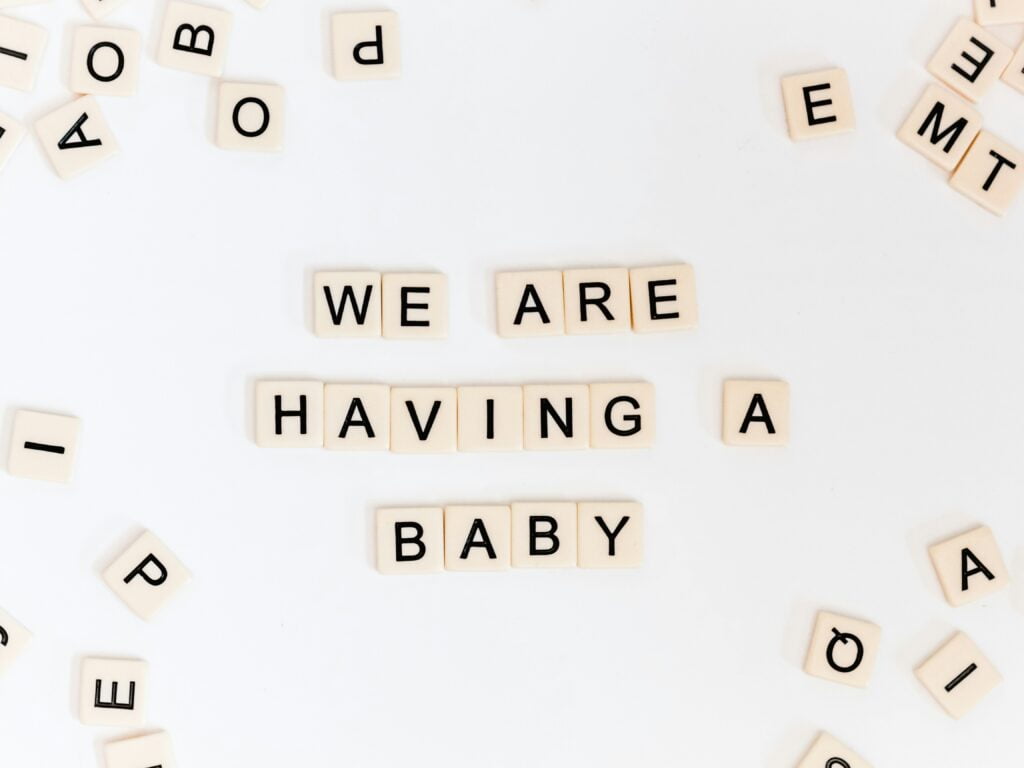As a new parent, your baby’s safety is of the utmost importance. Keeping your child safe is essential to preventing accidents and injuries. However, babyproofing your home may seem like a daunting task, especially if you don’t know where to begin.
To ease your worries, keep reading this blog. Here, you’ll discover practical tips to guide you through the process. Now, explore the guidelines in infant-proofing your living space.

Babyproofing Dos
Start your babyproofing checklist with the following dos:
- Cover Electrical Outlets
Electrical outlets can pose extreme danger to curious little palms. To prevent accidents, ensure to cover all electrical outlets throughout your home with the following:
- Plastic Outlet Covers
These inexpensive, easy-to-install covers fit directly into outlets to prevent fingers from being inserted. To ensure maximum safety, choose covers that are difficult for young children to detach.
- Sliding Outlet Covers
For a higher level of protection, consider using sliding outlet covers. They slide to reveal the outlet when needed while covering it when not in use. This type of cover is beneficial in areas where you frequently use the outlets.
- Outlet Caps
Another option to consider is outlet caps. These small plastic caps are inserted into the outlets, completely blocking access for your baby. They require more effort to remove, offering an extra layer of safety.

These practical options allow you to choose the best electrical outlet covers for your child’s safety.
- Install Safety Gates
Safety gates become an essential tool once your baby starts crawling or walking. Install these gates at the top and bottom of stairs or in doorways to restrict access.
Imagine cooking in the kitchen while your little explorer heads to the stairs. A safety gate lets you focus on your meal preparation, knowing your baby is safely confined to one area. Having one of these at the top of the stairs adds an extra layer of safety for the evenings and bath times.
- Use Corner Guards
Babies tend to bump into furniture corners as they navigate their surroundings. Protect your child from painful collisions with corner guards on sharp edges.
Soft, cushioned guards wrap around furniture corners, preventing injuries. Picture this: Your baby loses balance and hits a guarded corner while excitedly crawling to the coffee table. Thanks to the corner guard, your baby is saved from a potential injury.
- Keep Small Objects Out of Reach
Babies love to explore by putting everything they find into their mouths. To prevent choking hazards, keeping small objects out of your baby’s reach is crucial. Be mindful of coins, buttons, small toys, and other objects that can fit into their mouth.
So, ensure that nothing is left on the floor or within reach of your little explorer. Imagine dropping a small decorative item on the floor while cleaning up after a family gathering. Fortunately, you notice and pick it up before your baby gets their hands on it, averting a choking hazard.
With these practical precautions, you can make your home a safe haven for your baby.
Babyproofing Don’ts

Now that you’ve learned the dos of babyproofing, you can now move on to the don’ts:
- Don’t Forget to Secure Heavy Furniture
Bookshelves and dressers can tip over if not properly secured. This puts your baby at risk of being trapped or injured under the furniture.
To prevent accidents, always secure heavy furniture to the wall using furniture anchors. Envision a scenario where your family members are occupied with unpacking in your new residence, while your baby attempts to climb on an unsecured bookshelf. Your careful furniture security prevents tip-over accidents, keeping your child safe.
- Don’t Rely on Baby Monitors as Supervision
Baby monitors are a valuable tool for keeping an eye or ear on your little one when you’re in a different room. However, it’s vital not to rely solely on these tools as a substitute for direct supervision.
It’s always best to check on your baby physically regularly, especially during sleep times. Imagine you’re engrossed in a movie in another room, relying solely on the baby monitor. Suddenly, you hear a muffled sound and rush to the nursery, only to find your baby in an uncomfortable position.
Remember, baby monitors are helpful, but direct supervision is critical to ensure your baby’s safety.
- Don’t Place Cribs near Windows
While it may be tempting to position your baby’s crib near a window for natural light, it’s safer to avoid this practice. Setting cribs close to windows can cause entanglement in blind cords or fall through an open window.
Instead, keep cribs and other baby furniture away from windows and tie window cords up. Visualize your baby is sleeping peacefully in the crib near a window. Due to your careful placement of the crib away from the window, you eliminate potential risks, creating a safer bedtime experience for your child.
- Don’t Neglect Fire Safety
Fire safety is an integral part of babyproofing your home. Here are fire safety tips to keep in mind:
- Install smoke detectors on every level of your house, ensuring they’re in working order. Frequently inspect and replace the batteries to maintain their functionality.
- Keep fire extinguishers accessible and learn how to use them properly.
- Develop an evacuation plan and practice it with your family.
Safeguarding your baby reduces the risk of fire accidents.
Key Takeaways from the Babyproofing Guide
Now that you know the babyproofing rules, you can confidently keep your little one out of harm’s way. Remember, every effort you put into babyproofing is an investment in your baby’s protection and well-being. Start protecting your baby now and delight in the peace of mind that comes with their safety.

